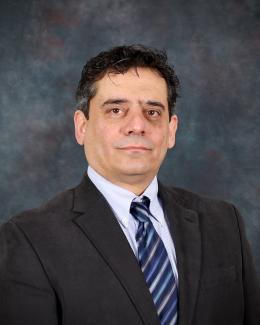Abstract
To establish confidence in the results of computerized physics models, a key regulatory requirement is to develop a scientifically defendable process. The methods employed for confidence, characterization, and consolidation, or C3, are statistically involved and are often accessible only to avid statisticians. This manuscript serves as a pedagogical presentation of the C3 process to all stakeholders—including researchers, industrial practitioners, and regulators—to impart an intuitive understanding of the key concepts and mathematical methods entailed by C3. The primary focus is on calculation of tolerance limits, which is the overall goal of the C3 process. Tolerance limits encode the confidence in the calculation results as communicated to the regulator. Understanding the C3 process is especially critical today, as the nuclear industry is considering more innovative ways to assess new technologies, including new reactor and fuel concepts, via an integrated approach that optimally combines modeling and simulation and minimal targeted validation experiments. This manuscript employs intuitive, analytical, numerical, and visual representations to explain how tolerance limits may be calculated for a wide range of configurations, and it also describes how their values may be interpreted. Various verification tests have been developed to test the calculated tolerance limits and to help delineate their values. The manuscript demonstrates the calculation of tolerance limits for TSURFER, a computer code developed by the Oak Ridge National Laboratory for criticality safety applications. The goal is to evaluate the tolerance limit for TSURFER-determined criticality biases to support the determination of upper, subcritical limits for regulatory purposes.



